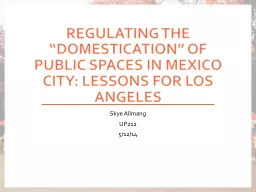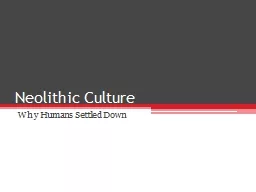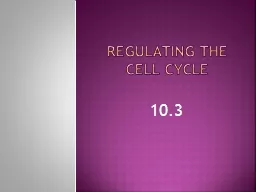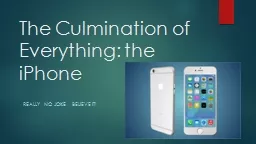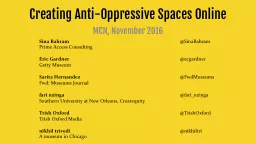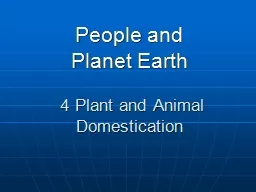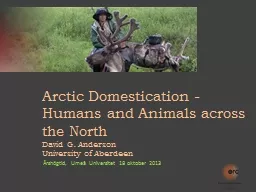PPT-Regulating the “Domestication” of Public Spaces in Mexi
Author : lois-ondreau | Published Date : 2017-04-13
Skye Allmang UP212 51214 Overview Background Informal street vending in Mexico City Mexico Citys integration program for informal subway vendors Considerations
Presentation Embed Code
Download Presentation
Download Presentation The PPT/PDF document "Regulating the “Domestication” of Pu..." is the property of its rightful owner. Permission is granted to download and print the materials on this website for personal, non-commercial use only, and to display it on your personal computer provided you do not modify the materials and that you retain all copyright notices contained in the materials. By downloading content from our website, you accept the terms of this agreement.
Regulating the “Domestication” of Public Spaces in Mexi: Transcript
Download Rules Of Document
"Regulating the “Domestication” of Public Spaces in Mexi"The content belongs to its owner. You may download and print it for personal use, without modification, and keep all copyright notices. By downloading, you agree to these terms.
Related Documents

